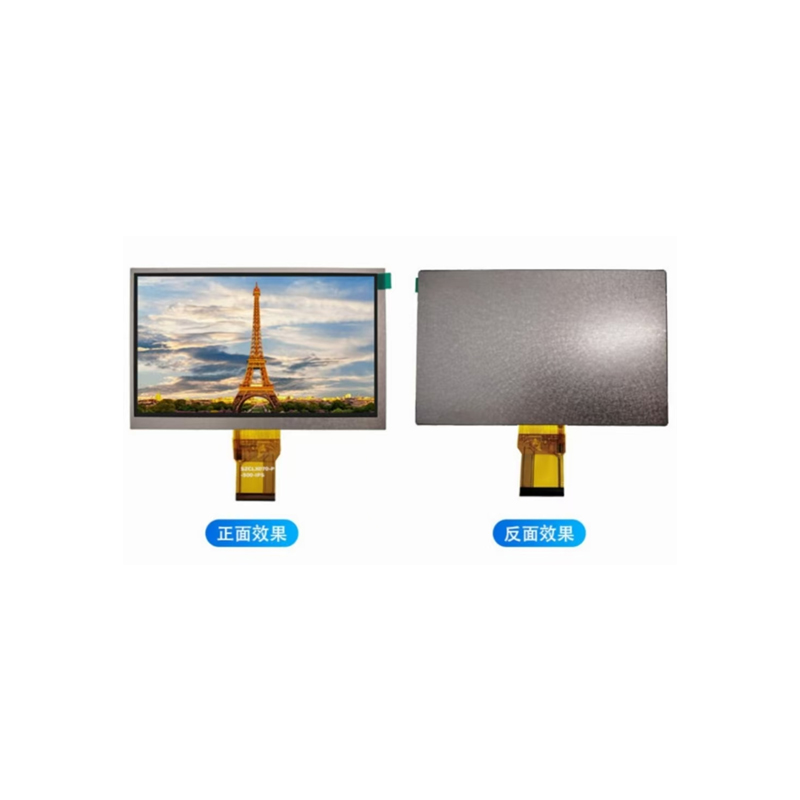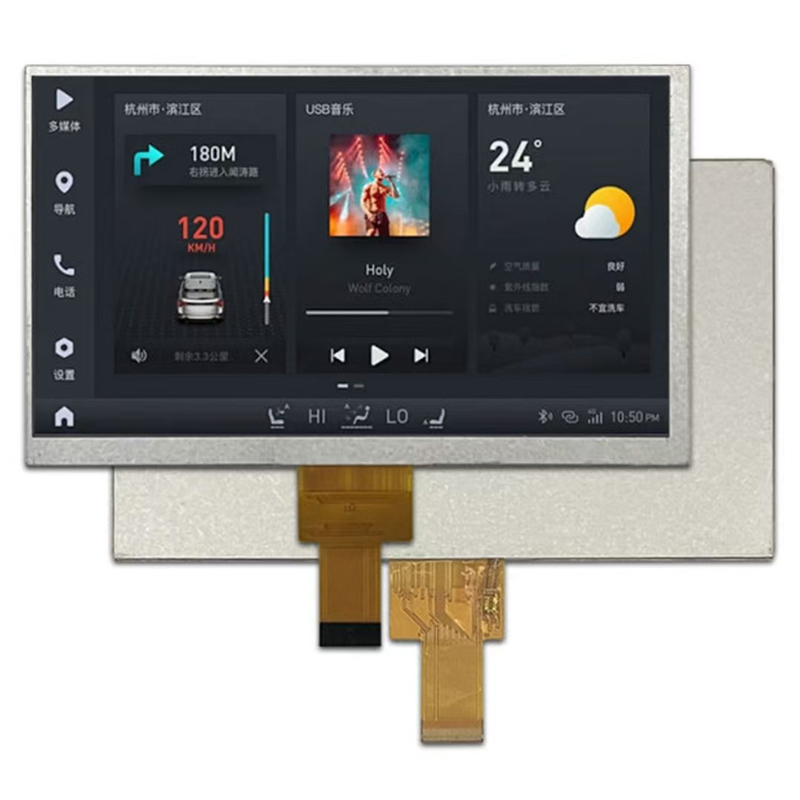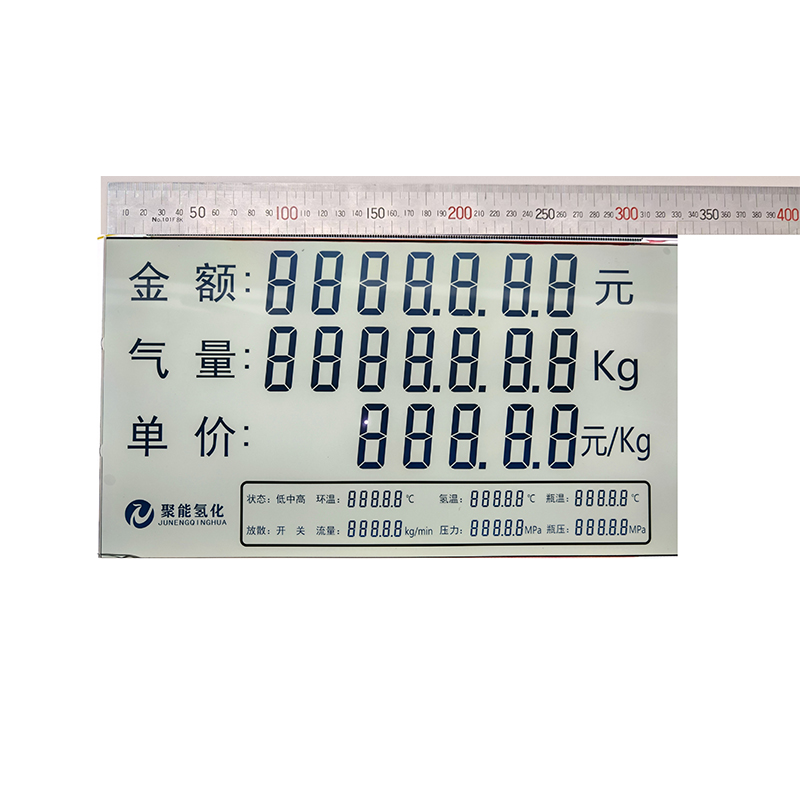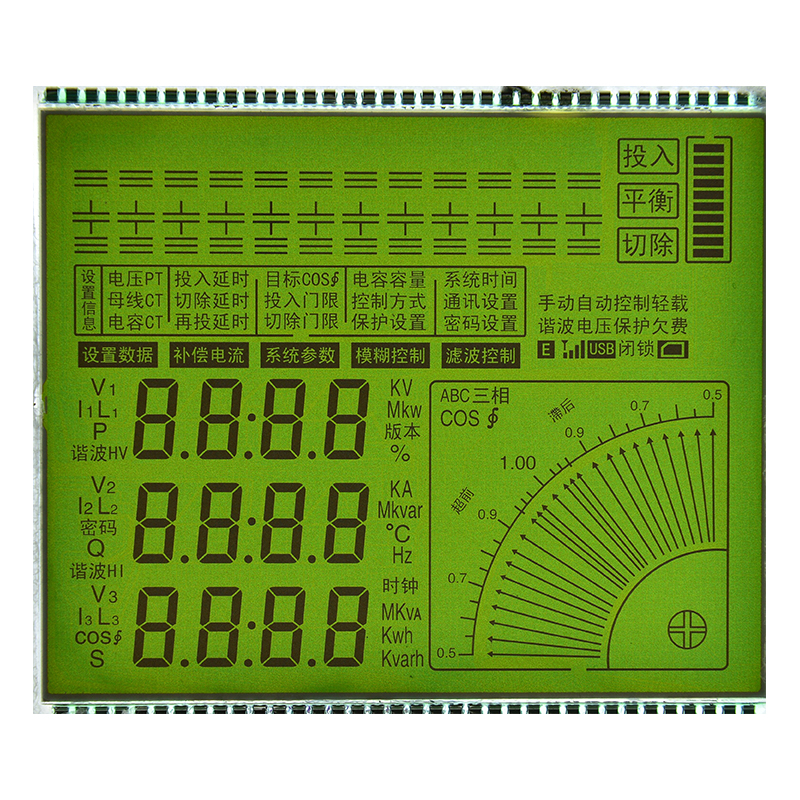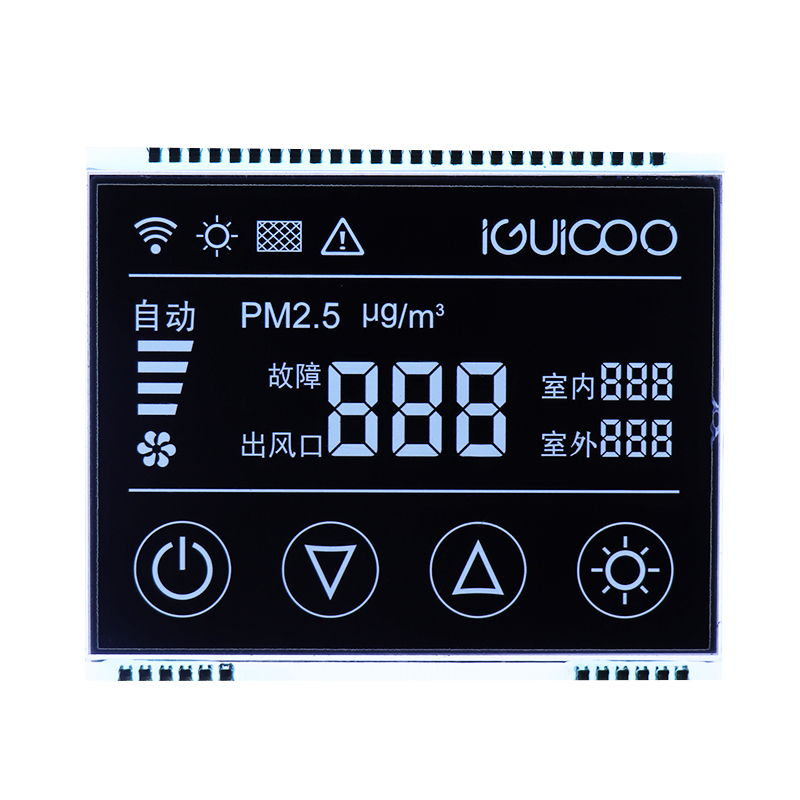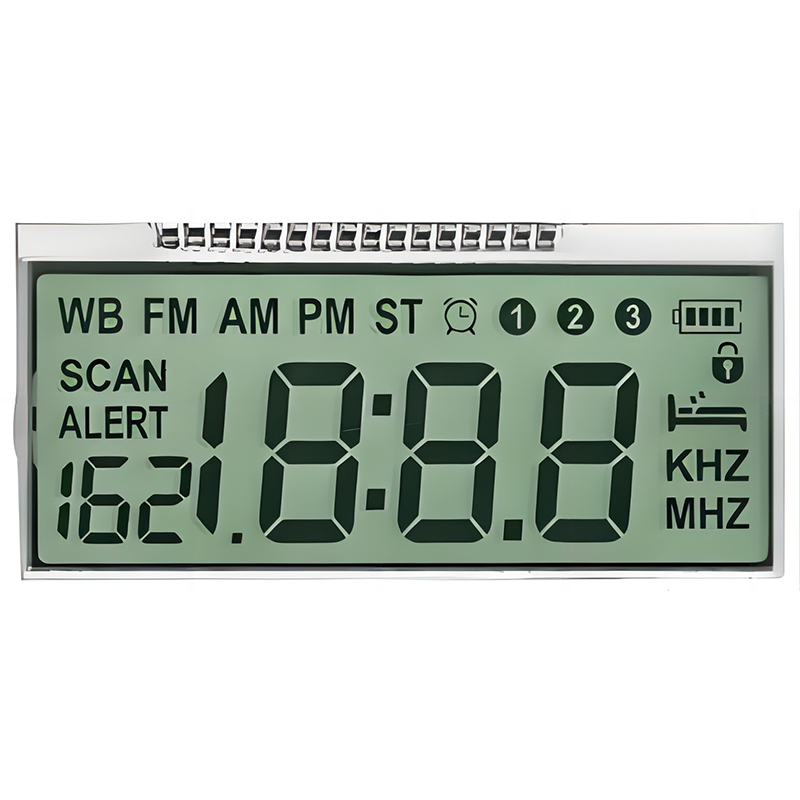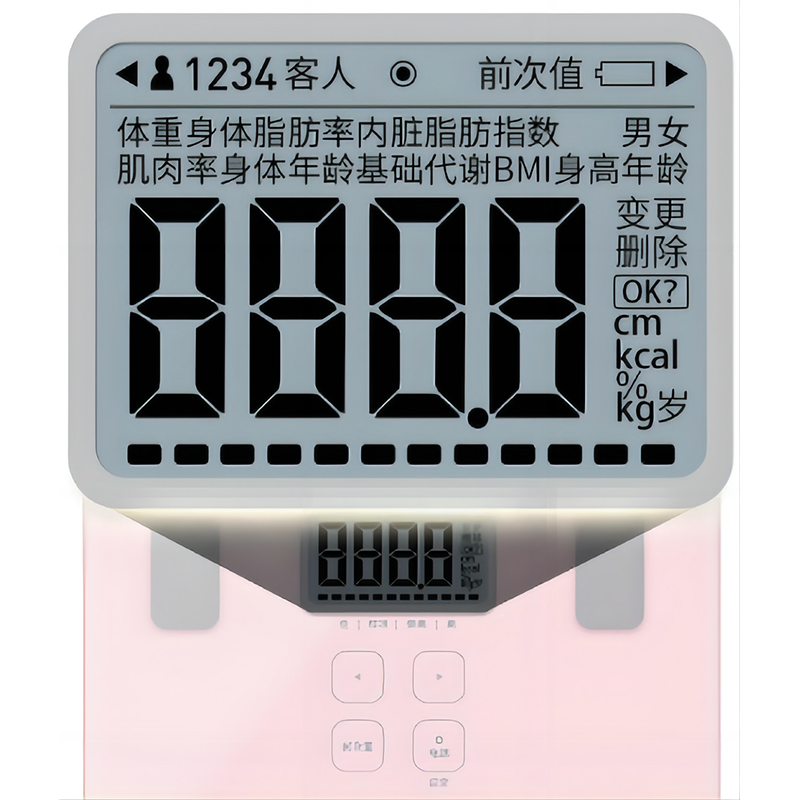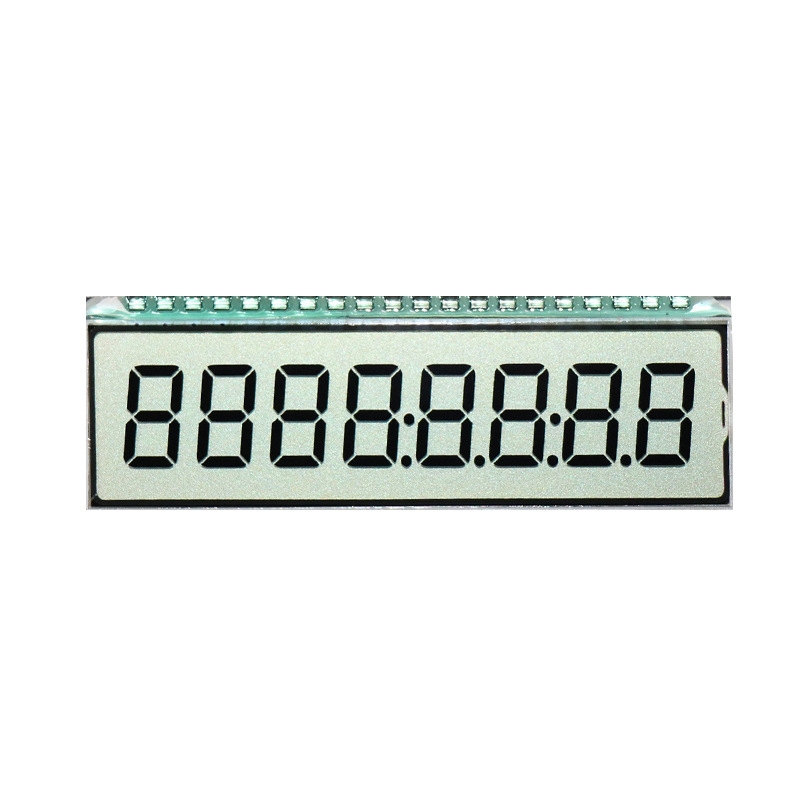
Finding the perfect 2.8 inch TFT display can be challenging with the vast number of options available. This guide helps you navigate the complexities of choosing the right display for your specific application. We'll explore various factors to consider, including resolution, viewing angle, brightness, and interface type. We'll also delve into the different applications where these displays excel.
Resolution, measured in pixels (e.g., 320x240), determines the sharpness and clarity of the image. Higher resolution generally means a sharper picture, but it also impacts power consumption and cost. Pixel density, measured in pixels per inch (PPI), indicates the concentration of pixels within a given area. A higher PPI results in a finer, more detailed image. When considering a 2.8 inch TFT display, you should carefully weigh the trade-offs between resolution, pixel density, and budget.
Brightness, measured in candelas per square meter (cd/m2 or nits), indicates the display's luminance. Higher brightness is crucial for outdoor applications or brightly lit environments. Contrast ratio describes the difference between the brightest and darkest colors the display can produce. A higher contrast ratio leads to a more vivid and detailed image. Consider your application's lighting conditions when selecting a suitable brightness level and contrast ratio for your 2.8 inch TFT display.
The viewing angle refers to the range of angles from which the display content can be viewed clearly without significant color distortion or loss of contrast. Wide viewing angles are beneficial for applications where the display may be viewed from multiple perspectives. When searching for a 2.8 inch TFT display, check the manufacturer's specifications for the viewing angle.
The interface type dictates how the display connects to the controlling device. Common interface types include SPI, I2C, and parallel interfaces. The choice of interface depends on the application and the capabilities of the controller. Selecting the appropriate interface is critical for seamless integration with your system. For certain 2.8 inch TFT displays, you might find parallel interfaces offer higher data transfer rates, while SPI and I2C might be more suitable for lower-power applications.
2.8 inch TFT displays are versatile and find applications in a wide range of devices. Some common applications include:
Selecting the optimal 2.8 inch TFT display requires careful consideration of the factors discussed above. To help you in your search, we’ve compiled a comparison table (below) to showcase the key specifications of a few popular models. Remember to always consult the manufacturer's datasheet for complete and accurate information.
| Model | Resolution | Brightness (cd/m2) | Viewing Angle | Interface |
|---|---|---|---|---|
| Model A | 320x240 | 300 | 80° | SPI |
| Model B | 240x320 | 250 | 60° | Parallel |
| Model C | 320x240 | 400 | 120° | I2C |
For a wider selection of high-quality 2.8 inch TFT displays and other LCD solutions, explore the offerings from Dalian Eastern Display Co., Ltd.. They offer a comprehensive range of products tailored to diverse applications.
Selecting the ideal 2.8 inch TFT display involves careful evaluation of various specifications and a deep understanding of your application requirements. By considering resolution, brightness, viewing angle, and interface type, you can find the perfect display for your project. Remember to always consult the manufacturer's datasheets for precise details and to compare different models before making a decision.
Note: The specifications provided in the table above are for illustrative purposes only and may not represent the exact specifications of commercially available products. Always refer to the manufacturer's documentation for the most accurate and up-to-date information.

